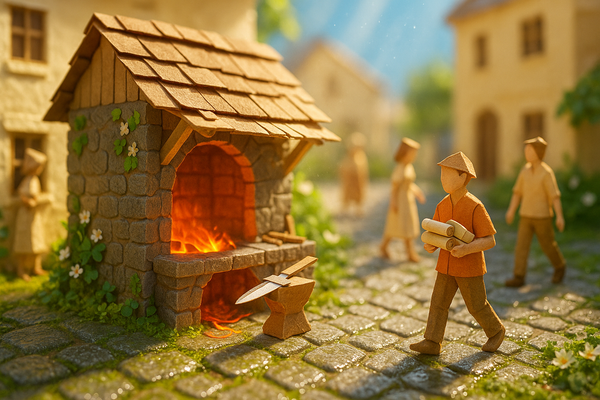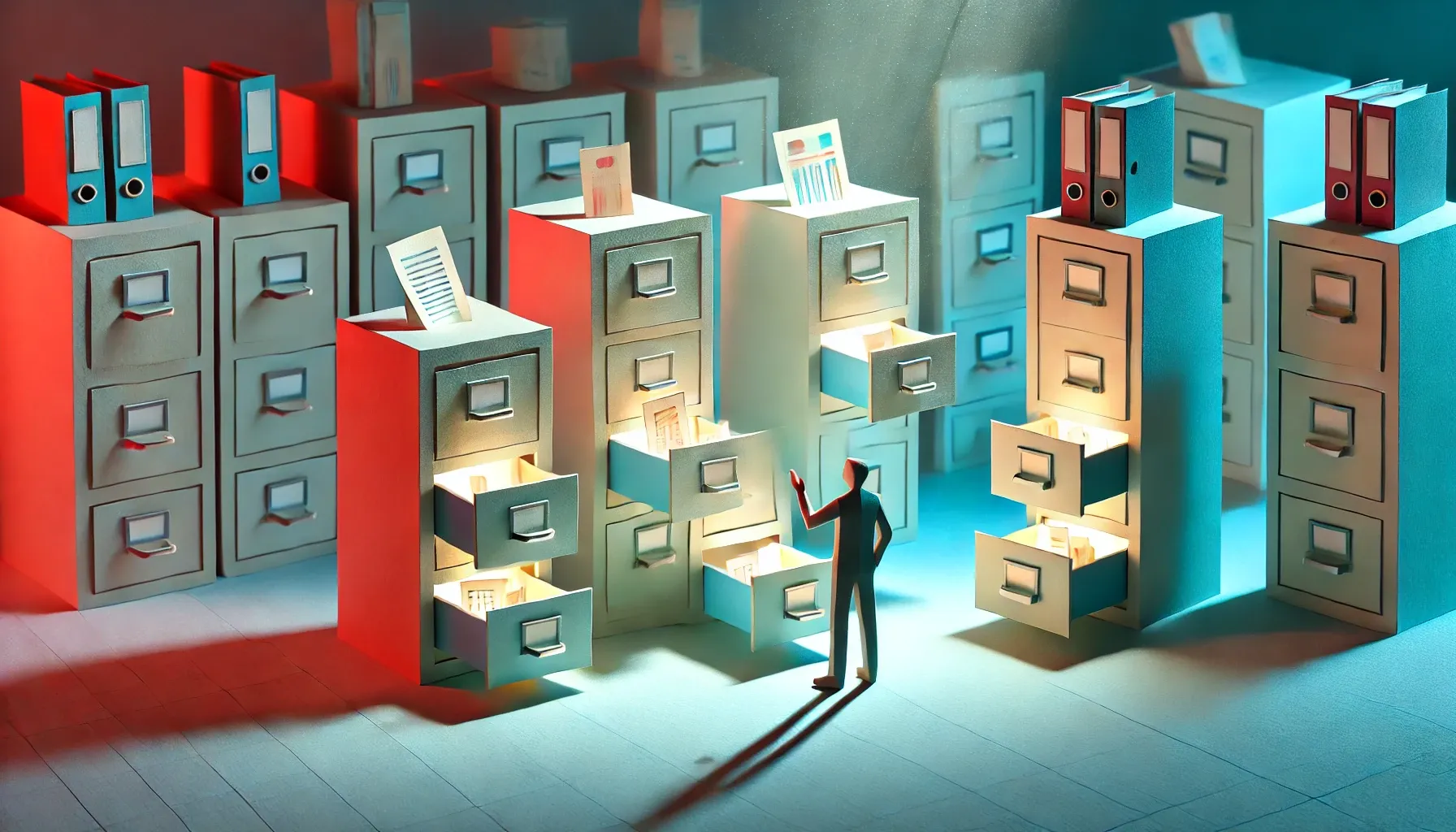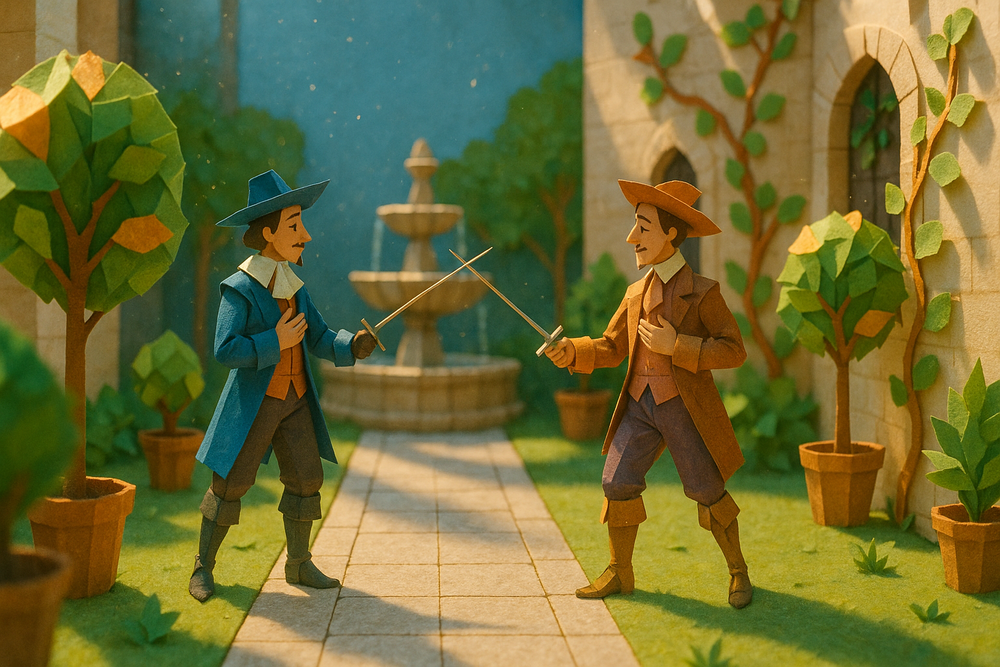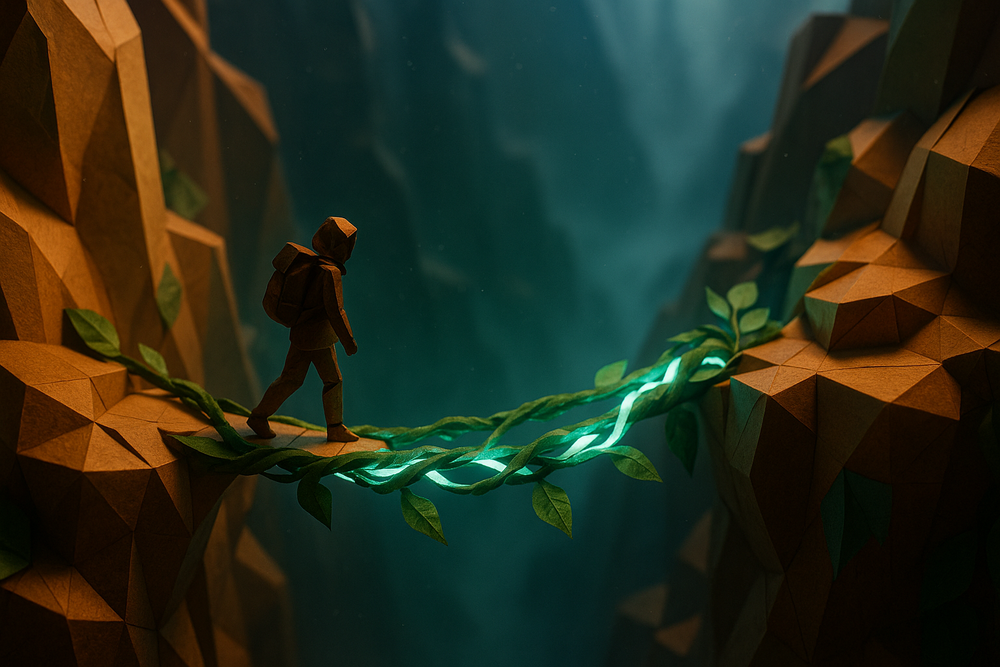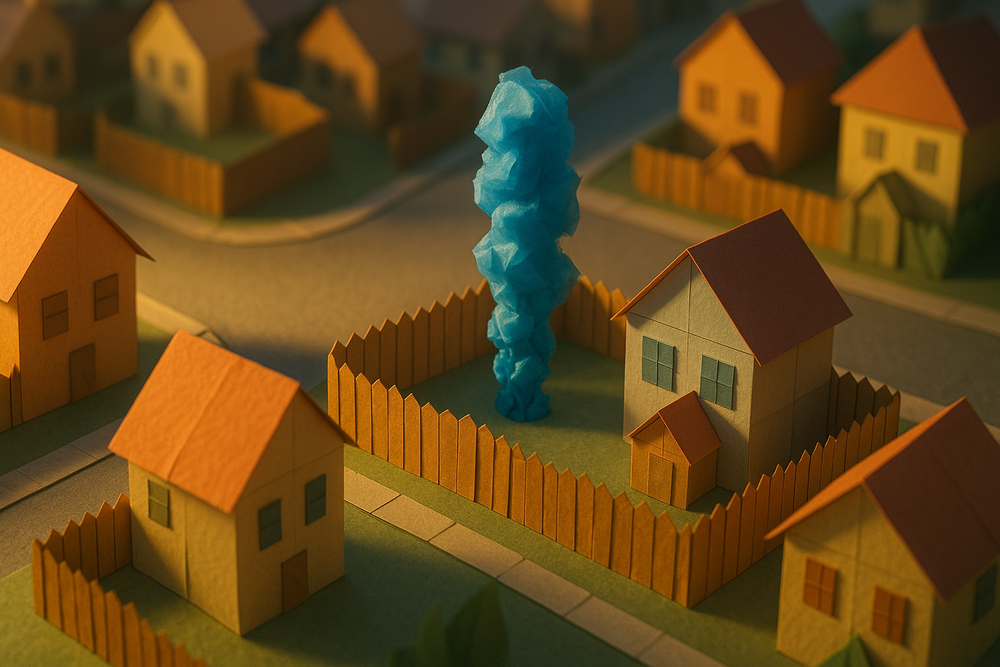The craft of storytelling thrives on structure and creativity—a delicate balance of planning and improvisation. For writers, the "Projects" feature introduced by ChatGPT represents an exciting development, offering a way to organize, refine, and revisit creative ideas with greater precision. This innovation has the potential to reshape how we approach storytelling, providing tools that cater to both meticulous planners and spontaneous creators. Let’s delve into how this feature can empower your storytelling process.
Organizing Your Creative World
At its core, the "Projects" feature allows users to group and manage their work within a cohesive framework. For writers, this means no more scrambling through scattered notes or fragmented ideas. Instead, you can house your drafts, outlines, and character profiles under a single project. By keeping related content neatly contained, "Projects" streamlines the creative process, ensuring your world-building and plot threads remain accessible and interconnected.
Imagine you’re drafting a fantasy novel with sprawling kingdoms, intricate politics, and a large ensemble of characters. With the "Projects" feature, you can create a space dedicated to this specific work. Within the project, each chapter draft, character description, and map of your world is easily retrievable. The feature allows you to switch between these components without breaking your focus, offering a bird’s-eye view of your progress and helping you keep track of details that might otherwise slip through the cracks.
Supporting Iterative Creativity
For writers who love experimenting, this feature also supports iterative creativity. You can save alternate versions of scenes, maintain lists of potential twists, and explore "what-if" scenarios without losing sight of your main narrative. This flexibility invites writers to test out daring ideas, knowing that the original material is safely preserved. It’s like having a digital brainstorming wall, complete with sticky notes that never fall off.
Collaboration and Consistency Made Easy
Collaboration becomes significantly easier as well. For those who use AI to co-write or workshop ideas, the "Projects" feature can serve as a collaborative hub. Whether you're building prompts for ChatGPT to generate scenes or refining AI-generated content, the project environment ensures everything remains aligned with your story’s goals. This level of integration bridges the gap between human creativity and AI assistance, making it seamless to combine the strengths of both.
Additionally, the feature emphasizes consistency. Tracking themes, maintaining tone, and adhering to a specific narrative style become less daunting when all your work is unified under one roof. Need to revisit the first chapter to ensure it matches the tone of your finale? With "Projects," you can navigate your story's structure quickly, ensuring your narrative remains cohesive from start to finish.
A Tool for Every Storyteller
The beauty of storytelling lies in its adaptability, and the "Projects" feature respects that. Whether you’re a writer who meticulously plans every detail or one who discovers the story as you write, this tool molds itself to your creative style. It reduces the chaos of content management and enhances the freedom to innovate, making it an invaluable addition to the writer’s toolkit.
As AI continues to evolve, tools like the "Projects" feature highlight the possibilities of merging technology with art. For storytellers, it’s not just a convenience—it’s a catalyst for turning imaginative sparks into fully realized worlds.
